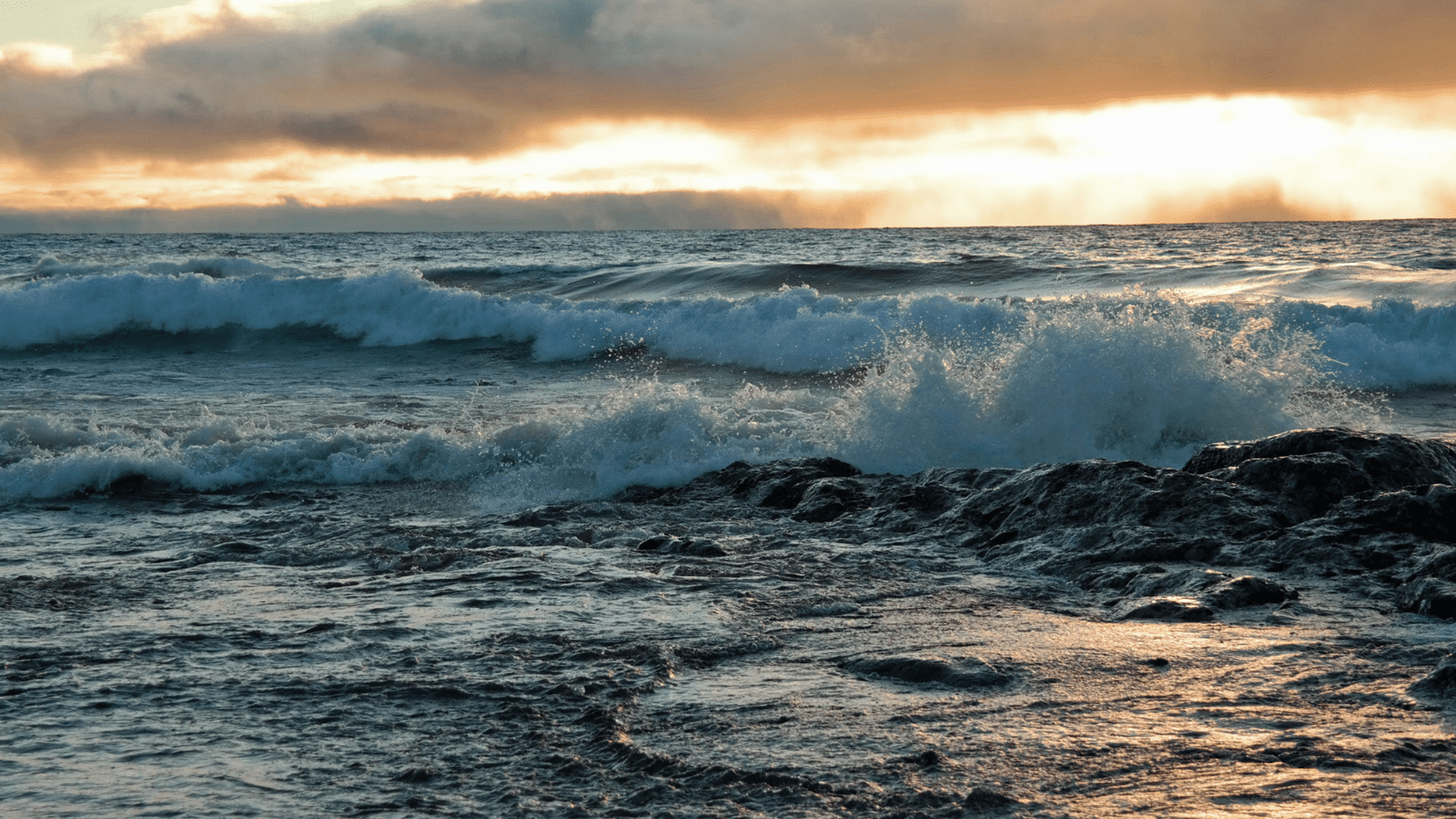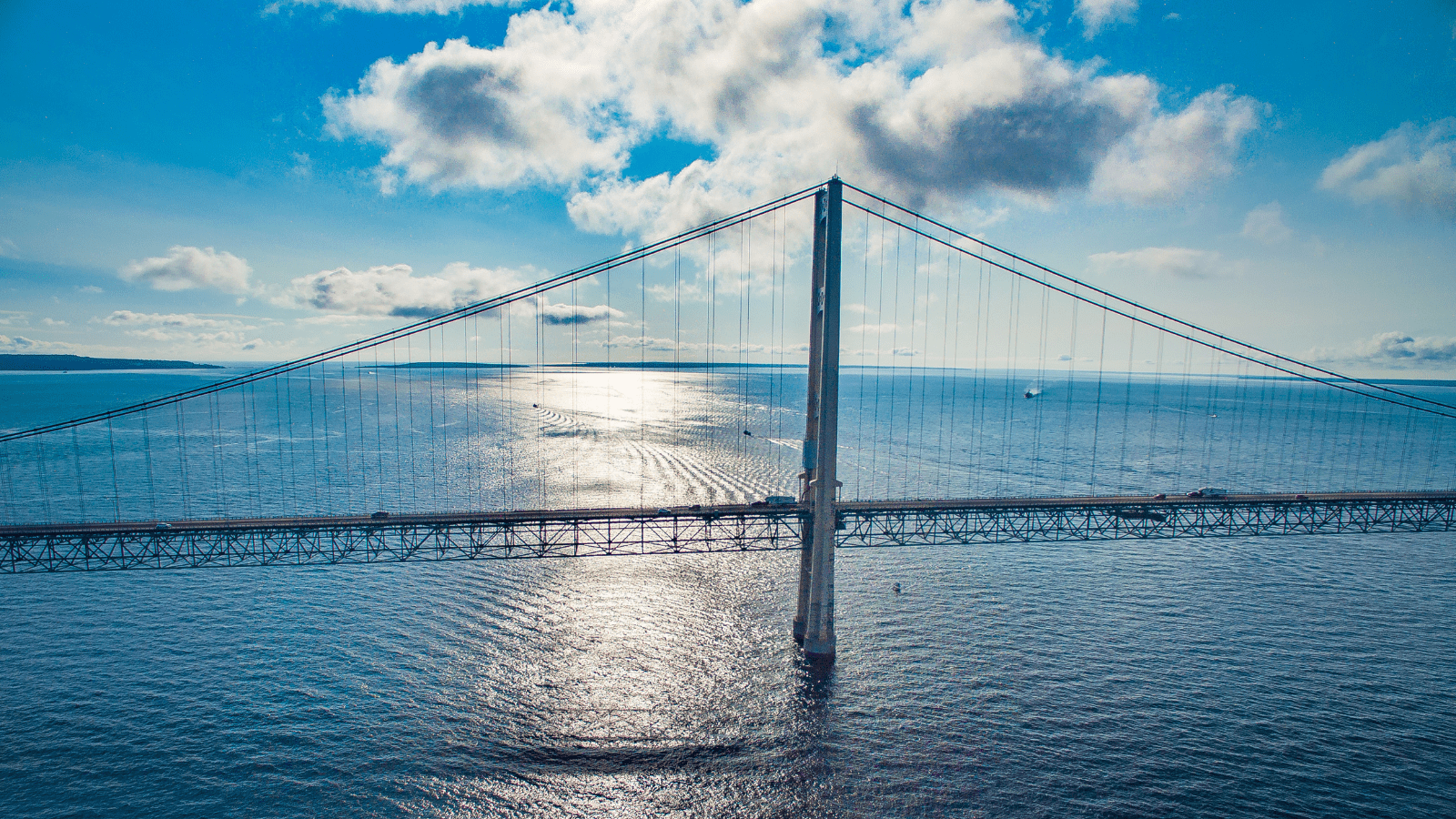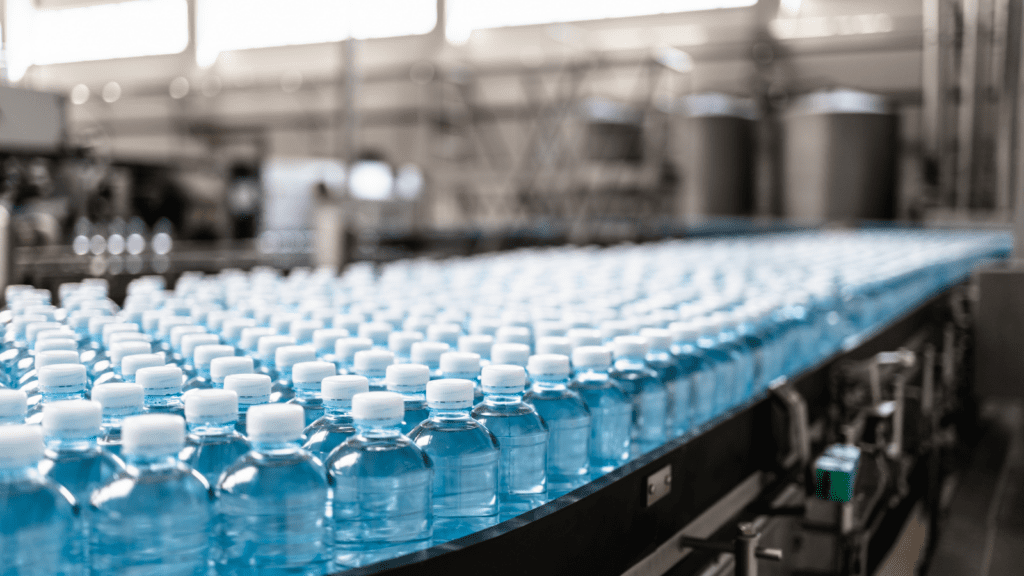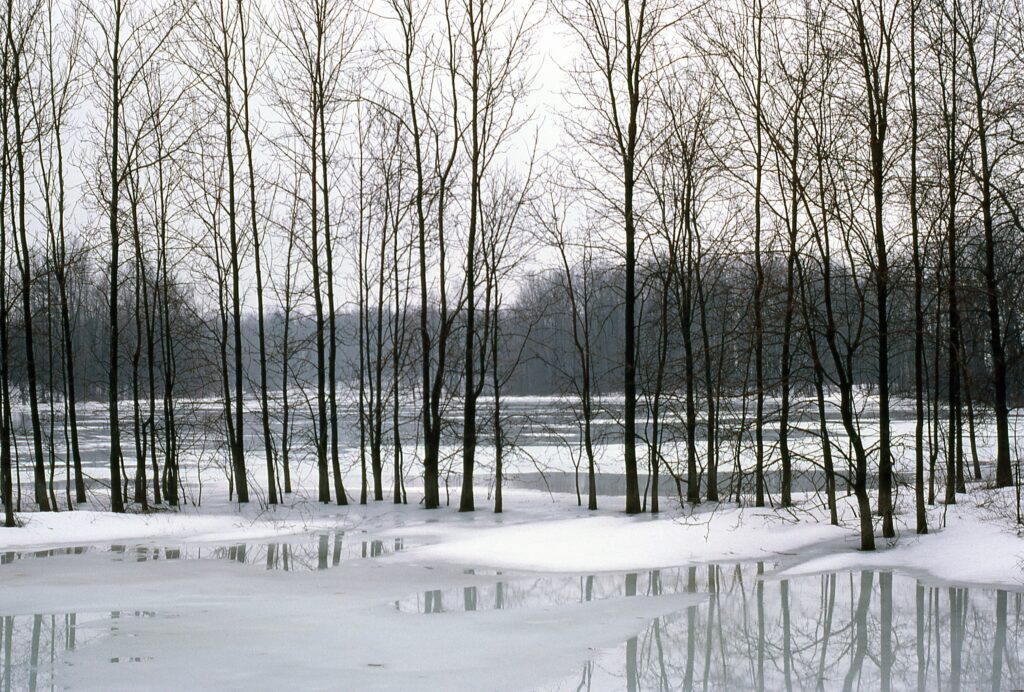Line 5 is a major threat to the Great Lakes basin. The entire pipeline is a risk to surrounding waters and lands, including rivers and streams that eventually make their way into the Great Lakes. Along the pipeline route, there are two high profile areas where the pipeline has been documented in an utter state of disregard and disrepair.
The Territory of Bad River Band of the Lake Superior Chippewa
One of these areas is found within the territory of Bad River Band of the Lake Superior Chippewa. The tribe has a great explainer here of the environmental hazards and pipeline safety issues that the tribe has encountered with Line 5 on their territory. Bad River Band has a lawsuit against Enbridge seeking the removal of this compromised, 70-year-old pipeline from their territory because it presents major environmental risks and safety concerns to the Bad River’s watershed and to Lake Superior.

Although Enbridge hopes they will be able to keep Line 5 operating and circumvent Bad River Band’s Tribal and treaty rights by fighting them in Wisconsin state court, they also have an insidious backup plan… Should their legal battle fail, Enbridge is proposing that 65 kms of new pipeline be built around Bad River Band’s territory as a suitable “solution.”
Myth: The proposed rerouting of 65 kms of new pipeline around Bad River Band territory is a solution to the risks posed by the Line 5 to the Bad River watershed and Lake Superior.
Reality: Rerouting 65 kms of new pipeline around Bad River Band territory is not a solution. The proposed reroute is expected to cross 186 bodies of water which flow into the Lake Superior watershed. It will also affect 135 acres (55 hectares) of wetlands. Enbridge has admitted that the drilling method needed for the reroute would likely release toxic chemicals into these surrounding waters.
Horizontal Directional Drilling (HDD) is the method that would be used to reroute Line 5 under those 186 water bodies. But HDD sometimes leads to “frac-outs,” or drilling-fluid leaks. In Minnesota, HDD was recently used to complete the Line 3 pipeline and now more than half of the water bodies Line 3 crosses have been polluted with drilling fluid.
The Great Lakes Indian Fish and Wildlife Commission, which represents 11 Ojibwe tribes, has also said that the draft Environmental Impact Statement for the proposed rerouting has significant gaps in information. The Commission says it doesn’t have enough data on the effects an oil spill would have on downstream waters, including Lake Superior. They also say the draft doesn’t assess compliance with the Bad River tribe’s water quality standards or combined impacts of other projects.
In March of this year, the U.S. EPA also cited nearly 200 issues with the proposed rerouting and said the Wisconsin state had failed to fully analyze the risk of spills, tribal resources and treaty rights, the effects of climate change, and whether the project would violate state and tribal water quality standards.
What’s more, this project will require 65 kms of new pipeline with a projected cost of at least $450 million USD. This is new fossil fuel infrastructure and investment that we do not need amidst the backdrop of a climate emergency and a need to decarbonize ASAP.
Bad River Band has also made it clear that the reroute project goes against what they are asking—a permanent removal of Line 5 from their watershed. They are also advocating for a permanent shutdown of the pipeline.
The Straits of Mackinac
The second crucial area Line 5 also crosses through is the Straits of Mackinac, connecting the waters of Lake Michigan and Lake Huron. The Straits is an extremely important part of the Great Lakes freshwater system. This section of Line 5 lies in the worst possible place for a pipeline to rupture. Read more here about the major risk this pipeline poses to the Straits of Mackinac and the Great Lakes.

Due to the major threat Line 5 poses to the Straits of Mackinac, all Twelve Michigan Tribes are calling for the shutdown of the pipeline. Michigan Governor Whitmer and Attorney General Nessel also have separate court cases filed against Enbridge to have Line 5 shutdown. In an attempt to keep the pipeline operating through the Straits of Mackinac, Enbridge is once again fighting back in court. But in typical Enbridge fashion, they have another dangerous backup “solution”… They are proposing to build a tunnel through the Straits that would encase Line 5.
Myth: The proposed tunnel to encase Line 5 through the Straits of Mackinac is a solution to the major threat posed by Line 5 operating through this high risk area in the heart of the Great Lakes.
Reality: The tunnel is not a solution. The tunnel is an environmentally dangerous plan. The tunnel proposal raises serious feasibility and safety concerns, not to mention it will take 5-10 years to study, seek permits for, and build. Meanwhile, disaster could strike at any time as Line 5 would continue to decay and threaten the Great Lakes, jobs, and the economy. On top of this, construction and feasibility of the tunnel itself poses risks. Construction will fill coastal wetlands, and it would be new fossil fuel infrastructure that will contribute to worsening climate change impacts amidst a climate emergency.
Learn more about why the tunnel is a dangerous idea.
The bottom line…
According to Enbridge, both of these proposed projects are the “solutions” to the threat Line 5 poses to the Great Lakes basin. But for anyone paying attention to the ongoing imminent threat it poses to the Great Lakes, and the existential threat posed by climate change – it is obvious that these proposed new investments into fossil fuel infrastructure for a pipeline that we do not need, are in fact false solutions.
We must protect the Great Lakes.
Despite what Enbridge wants the public to believe, Line 5 is not safe and it will threaten the Great Lakes basin as long as it remains in operation. The proposed tunnel through the Straits and the proposed rerouting around Bad River Band territory are not solutions. Neither project has Indigenous consent and both are unnecessary investments in new fossil fuel infrastructure that come with serious environmental safety issues. We must instead turn to viable alternatives that are within reach while we accelerate the phase out of fossil fuels and the rolling out of renewables.










